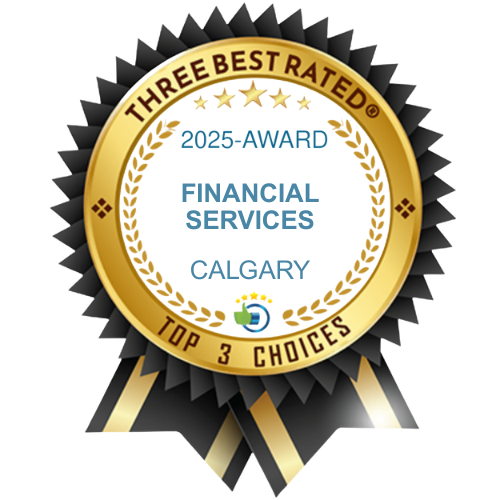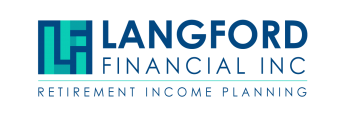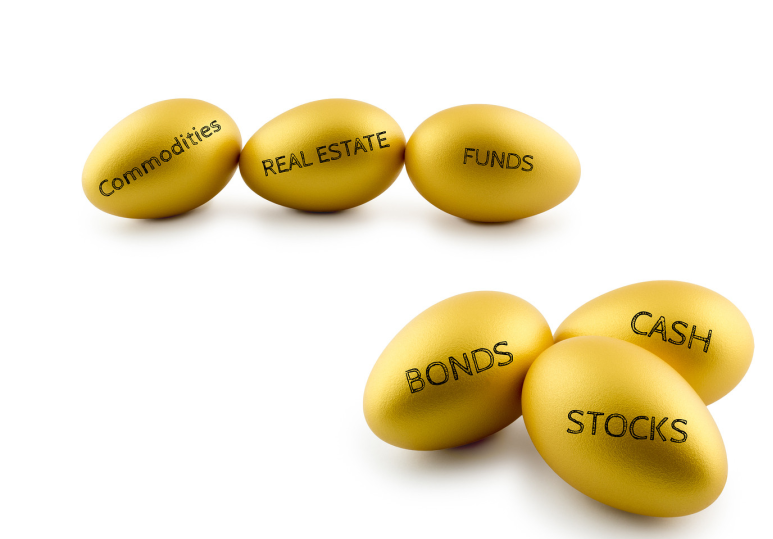The challenge for the retiree is creating sustainable, reliable, and tax-efficient sources of income. If I could offer you a guaranteed rate of return of 5% for the rest of your life, you would likely jump at the opportunity so that you could set it and forget it. The problem is - it just doesn't exist. So what are some other ways you can generate more consistent income with less volatility?
18-Month Term Certain Annuity
Canada Life is offering an 18-month annuity that will provide you with a return of about 5%. This is only available with non-registered money and is an interest payment at the end of the 18-month term. It's really like a GIC, except the interest is much higher. There isn't any limit to the amount you can do. A "term certain" annuity is simply an annuity that pays out for a specific term. A life annuity is an annuity that pays a monthly or annual payment for your whole life, regardless of how long you live.
Here's an idea.
Let's say you have $1,000,000 of retirement savings. As a way to reduce market volatility and longevity risk, you could put $250,000 of non-registered money into a 10-year term-certain annuity, which would pay you $2472/month for 10 years - no indexing. You could then place $250,000 in a growth-focused (equity) portfolio and let it grow for 10 years. If you can earn an average rate of return of 7.2%/year that money would double in 10 years and replace what you put into the annuity. Depending on the rates 10 years from now, you could do it again. You can do something similar with registered money, but you have to do a 25-year term-certain annuity.
Lifetime annuities
A lot has changed in 2022. The 30-year government of Canada bond was just over 1% at the start of the year and it is now 3.092% as of December 15, 2023. That has had a huge impact on what you can receive from buying an annuity with some of your retirement savings.
Here's an example and a comparison.
I ran an annuity quote for a client back in February. At that time if he had used $100,000 of his RRSP to buy a joint-life annuity he would receive $455/month for life with the same amount going to his wife for the rest of her life if he died first. I ran this same quote recently and the new amount is $508/month - that's an increase of 11.64%.
Segregated Funds
These are similar to mutual funds except they are only offered through an insurance company or the insurance arm of a bank. Because they are an insurance contract they offer certain protections like 75-100% death benefit guarantees. These funds offer creditor protection, but probably the greatest benefit is the named beneficiary designation and their ability to bypass probate. It makes estate planning so much easier.
For example, let's say your mom has $500,000 and the intention is to use this money for health if needed, otherwise it will be distributed to the kids. You can set up a TFSA and/or non-registered account using a selection of segregated funds and name each child as a beneficiary. Upon the death of your parent, the money can be paid out directly and immediately. No complicated and drawn-out process. Another benefit is that it can be paid out privately if there is a situation where each child is getting a different amount.
Let's add one more idea.
The payout can be set up as an annuity settlement option which means the beneficiary gets a monthly payout over a certain term. This is especially advantageous if there is a kid who isn't so great with money or if there is a child that you don't particularly like the idea of your son or daughter-in-law getting their hands on your inheritance.
Read more about the key difference between mutual funds and segregated funds
Daily Interest Savings Account
We have a savings account that pays 4% interest calculated daily and paid monthly. There isn't any minimum or maximum. There isn't any lock-up period or fees. And, you can access your money within 3 business days. No penalties for early withdrawal. This is a good place for emergency reserves, fun funds, inheritance, money for your grandkids, or money for any short-term goal.
Private Pools
One of our private portfolios has a year-to-date distribution cash flow of 4.6% and an after-all fee return of 6% as of the end of November. That's pretty stellar in comparison to anything in the public markets. This portfolio is perfect for RRIFs, LIFs and any type of systematic monthly withdrawal plan. It's not guaranteed, but very low volatility.
GICs
Guaranteed Interest Certificates are now offering some of the best rates in years. You can lock into a 1-5 year term. Obviously, the longer the term, the higher the interest rate you'll earn. You can hold GICs in any type of account. You will need to shop around to find the best rates. My caution is to avoid locking up too much money for a long period of time. If you need the cash flow you can't access it. Another idea is to ladder your GICs so that every year you have some maturing and you can use that portion of the money as you see fit.
The problem with interest income
Different types of income are taxed differently, so you have to be careful when selecting your types of investments. Interest income is taxed as normal income without any tax efficiency. If your marginal tax rate is 30.5%, then you have to pay 30.5% tax on the interest income you earn in a non-registered account. If the interest income is earned inside a TFSA or RRSP/RRIF then that interest is tax-sheltered.
The deception with promotional rates
A whole host of rates are being promoted at the moment, offering a higher rate on a short-term basis - 4% for the first 6 months. There is deception here: What is the rate after the 6 months? You have to do the annualized rate of return to do a proper comparison. If the post-promotional rate is 1%, then your total return is only ($10,000 X 4%/12 X 6 = $200) ($10,000 X 1%/12 X 6 = $50) Your actual interest is $250, which is annualized rate of return of 2.5%. If you have this money in a non-registered account and you are in a marginal tax rate of 30.5% then you have to pay tax on the $250, which is $76.25. Now you are left with $173.75, which is 1.73% annualized rate of return. Once you add in inflation of 7.7%, you have now lost 5.97%. (Keep in mind that inflation affects everyone differently, so the entire number may not impact you as much as a younger family.)
Dividends
The beauty of dividends is that they come with some better tax efficiency. However, the timing of dividends is crucial. Many mature publicly traded companies pay annual or quarterly dividends to their shareholders. If you held $10,000 of stock in a Canadian company and it was paying a 5% dividend, you would earn $500/year. The $500 is grossed up by 38%, which is included in your taxable income. ($500 + 38% = $690) The $690 qualifies for a special dividend tax credit of 15%. ($690 X 15% = $103.50) If you are in the 30.5% tax bracket, you will owe tax of ($690 X 30.5% = $210.45). You then get to apply the tax credit )$210.45 - $103.50 = $106.95). What is your after-tax rate of return? (Simply divide the amount of money you get to keep: $500 - $106.95 = $393.05 by your investment of $10,000 ) Your after-tax return is 3.93%.
The timing of dividends
There are two potential problems with dividends. The first is the potential for an OAS clawback. Remember from above that the dividend you receive is grossed up by 38%. In the example above, that would be $690, which is added to your top-line income. OAS is clawed back by 15% when your total taxable income exceeds $79,054 in 2022. If the dividend of $500 puts you over the threshold then you will lose some of your OAS. ($690 X 15% = $103.50) You have to subtract the clawback from your rate of return. (From the above example, you earned an after-tax return of $393.05 and now you have to take off another $103.50 in OAS clawback. Your return is 2.89%).
Secondly, if you are over 65 you also are getting the "age 65 tax credit". This is a significant tax credit, especially if your income is lower than $39,826. As your income increases above this threshold, this tax credit is reduced by 15% and once you get to $92,479, it is eliminated. I won't go through the math again, but basically, if your dividends put you over the threshold then you are losing again and your overall rate of return is being diminished.
Capital gains
This is your best option because only 50% of a capital gain is taxed. You get to keep 50% tax-free. Using the example above and let's say you earned $500 as a capital gain. You would pay tax on $250. At your MTR of 30.5%, that works out to be $76.25. Your after-tax return is $423.75.
The capital gain is also going to have some impact on your OAS and age 65 tax credit, but only 50% of the gain is included, which in this case would be $250. ($250 X 15% = $37.50) Much less of an impact. If you have new money that you can put to work right now at these market lows, you will be set up to benefit from some capital gains over the next few years as the markets recover.
The type of income you earn is really important and, based on your age and stage of retirement, you need to select the type of income that is the most tax-efficient for you.
We work with clients 55+ to help them transition into retirement with a proper plan for taking income in the most logical and tax-efficient manner.
Learn more about our planning process and how to book an appointment by clicking here.
Retirement Income, Investment, & Tax Planning,
Willis J Langford BA, MA, CFP
Nancy R Langford CRS







